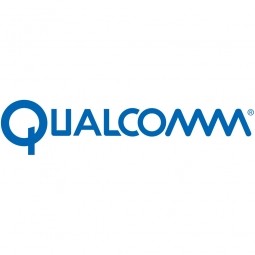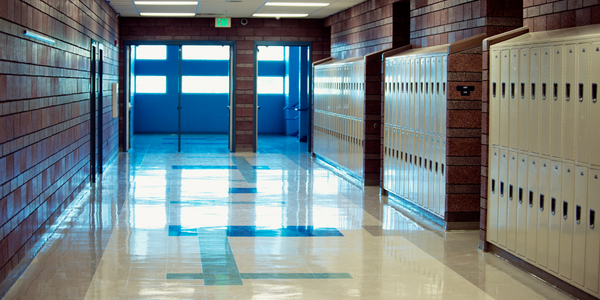Overview
 |
Qualcomm Wireless Reach Helping High School CorrespondenceQualcomm |

|
Education | |
Business Operation | |
Remote Collaboration | |
Operational Impact
• Students enrolled in the 2013 school term overwhelmingly favor smartphones and tablets over PCs for learning. In fact, 68.8 percent reported always using a smartphone or tablet, up from 46.4 percent in 2012 or earlier. | |
• 52.7 percent of surveyed students answered that they now always use either a smartphone or a tablet for learning. The ability to immediately power on and use these mobile devices, as well as the convenience of being able to learn anywhere, anytime have both been cited as advantages of these technological tools. | |
• When comparing a PC to a smartphone or tablet, 53.1 percent of surveyed students answered that the use of a smartphone or tablet would help improve their overall academic achievement. | |
Quantitative Benefit
• Students are now able to use the tablets to access National Geographic content that is designed specifically to enhance their English language learning experiences. | |
• With a new grant from Wireless Reach, the project is expanding; in Phase II students are receiving tablets that bring additional benefits beyond smartphones including increased functionality, sophisticated graphics, and a larger screen. | |
• In addition to the English course, Renaissance High School now offers all subj | |


